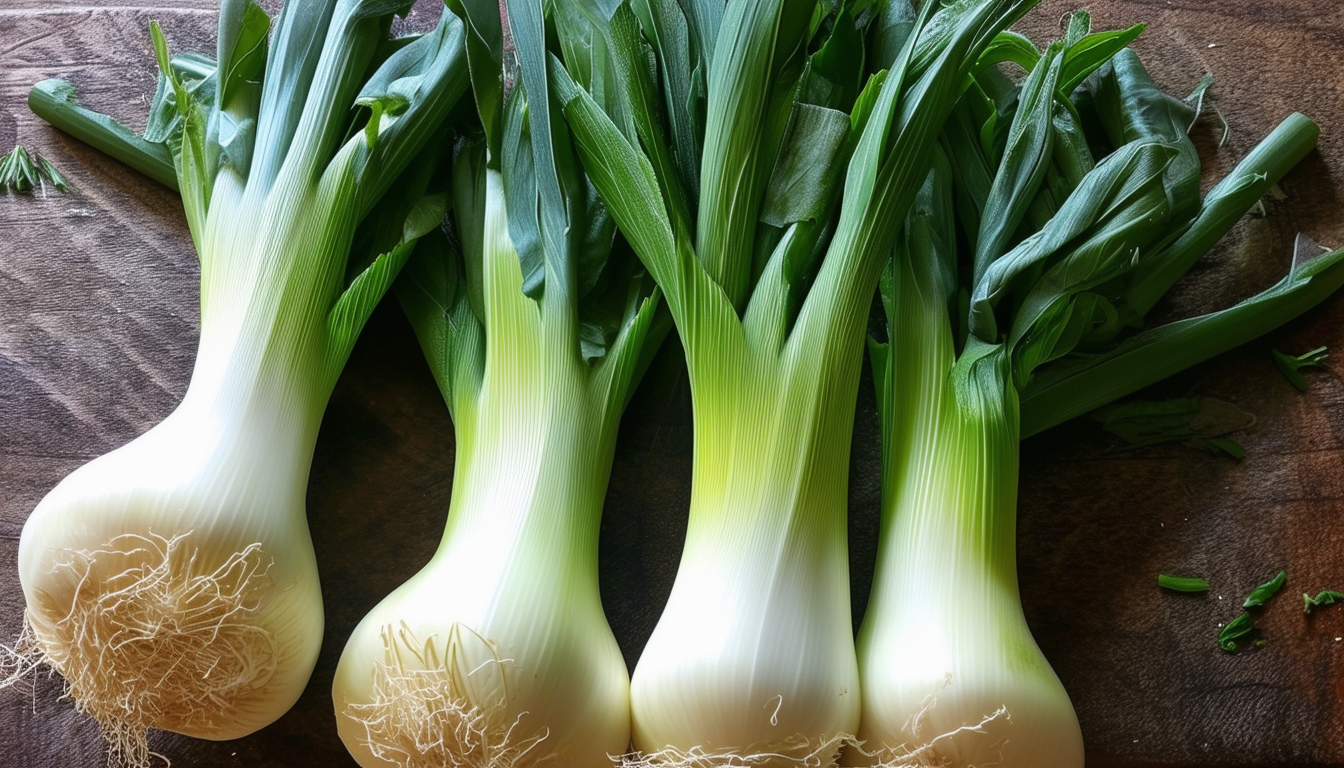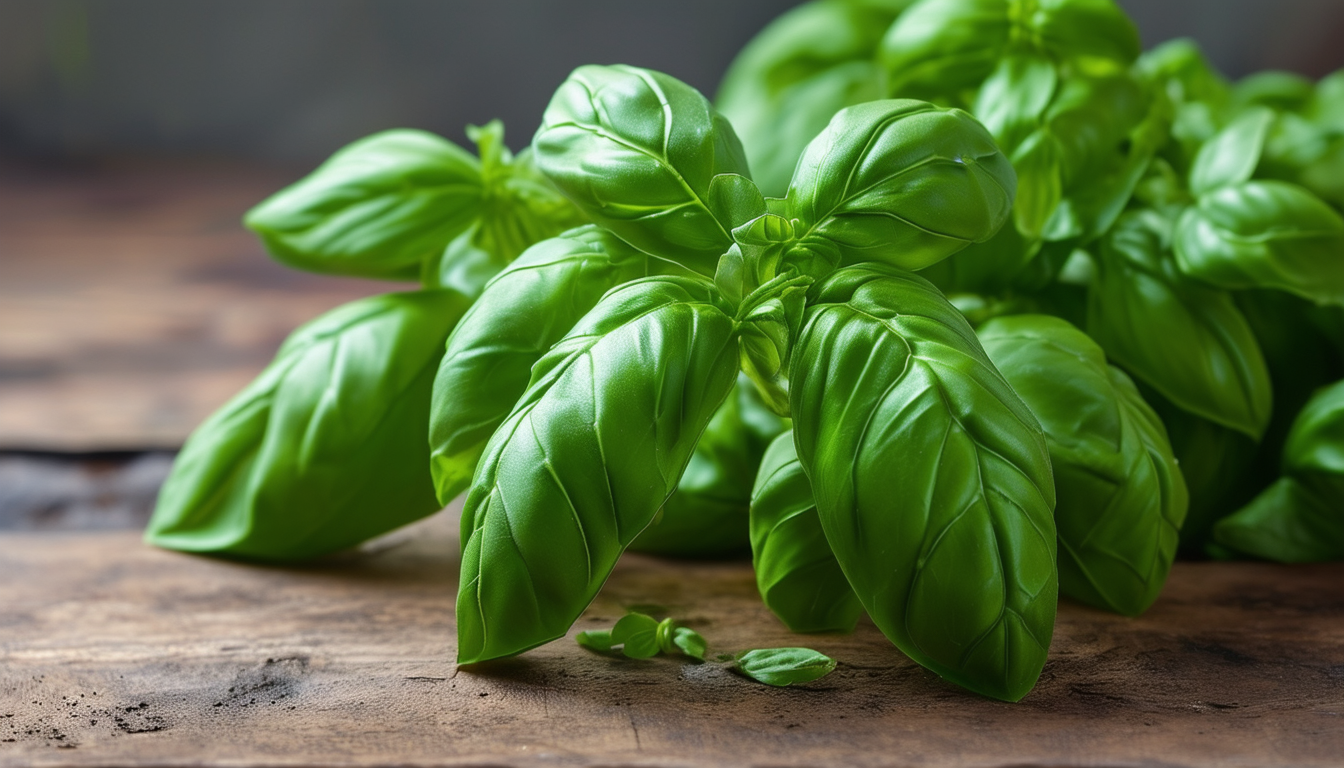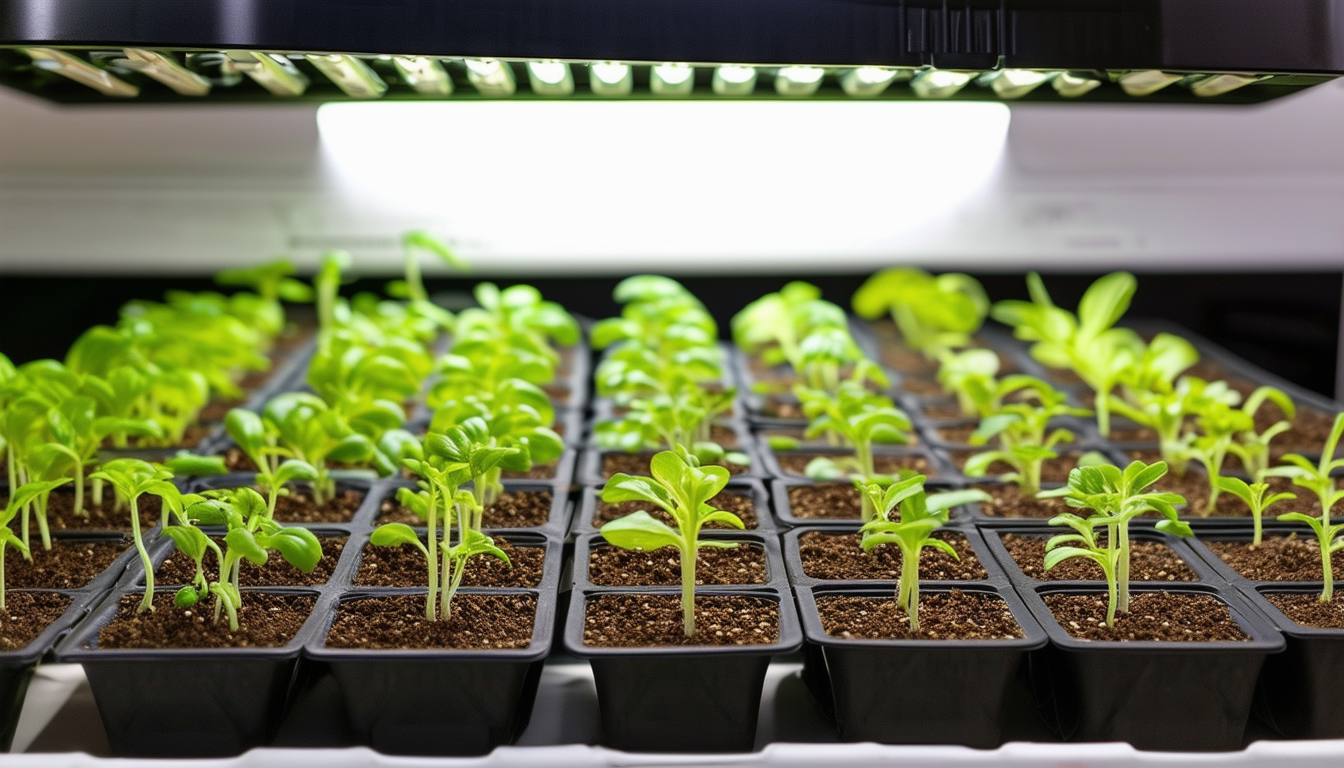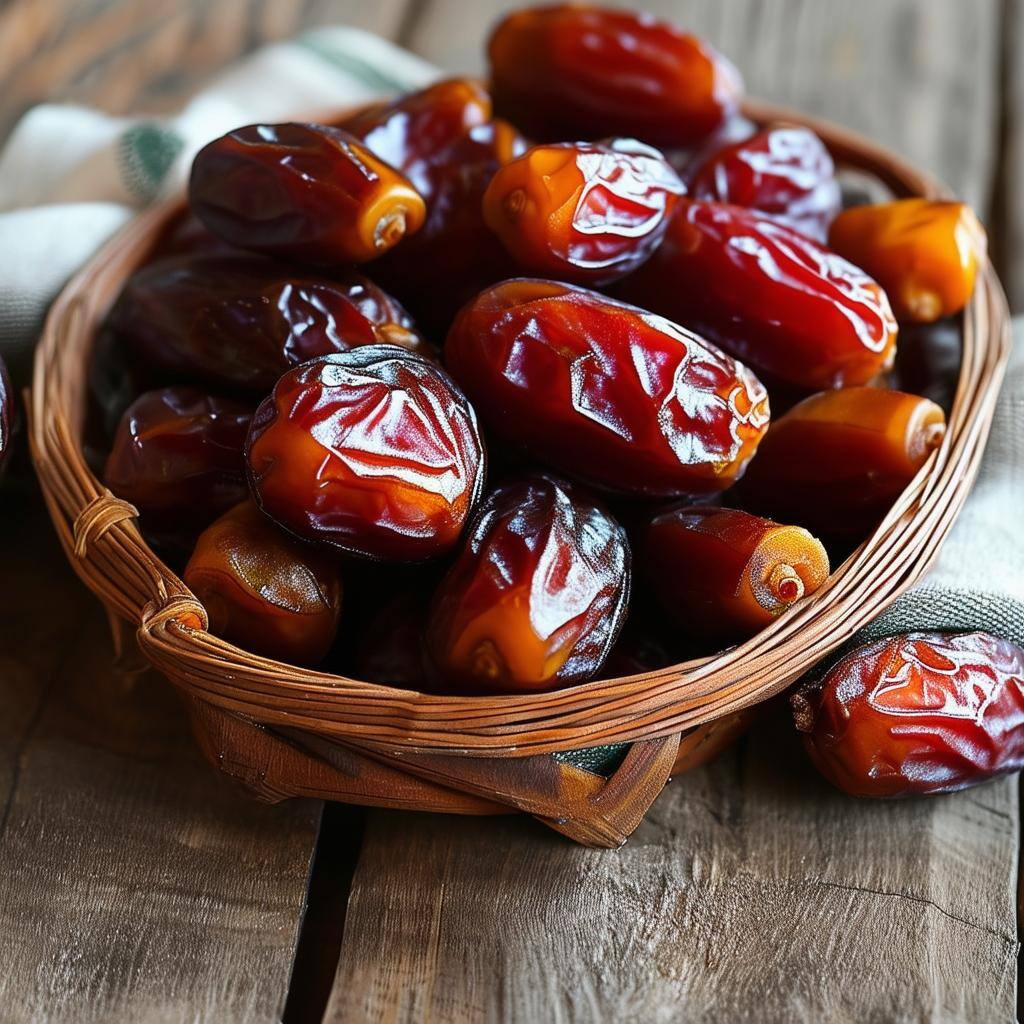
Unlock the secrets to a bountiful leek harvest by mastering the art of starting leek seeds indoors.
Intro - Why start Leeks indoors
Starting leek seeds indoors gives you a head start on the growing season, allowing you to cultivate strong, healthy plants before transplanting them into your garden. This method is particularly beneficial in regions with shorter growing seasons, as it ensures your leeks have ample time to mature.
Additionally, starting your seeds indoors provides a controlled environment, reducing the risk of pests and diseases that can affect young seedlings. It also allows you to monitor and adjust for optimal growing conditions, ensuring a successful harvest.
5 Step Process: Sowing Leek Seeds Indoors
1. **Prepare Your Containers**: Choose seed trays or small pots with drainage holes. Fill them with a high-quality seed-starting mix, which is lighter and drains better than regular potting soil.
2. **Sow the Seeds**: Sow leek seeds about 1/4 inch deep and cover them lightly with soil. Space the seeds about 1 inch apart to give them room to grow.
3. **Water and Cover**: Gently water the soil to keep it moist but not waterlogged. Cover the trays with plastic wrap or a clear lid to retain moisture and warmth.
4. **Provide Light**: Place the seed trays in a bright location or under grow lights. Leeks need about 12-16 hours of light per day for optimal growth.
5. **Monitor and Maintain**: Keep the soil consistently moist and ensure good air circulation to prevent mold. Once the seedlings are 2-3 inches tall, thin them out so they are spaced about 2 inches apart.
Transplanting Leeks to Your Garden: Tips for Success
When your leek seedlings are about 6-8 inches tall and the outdoor soil has warmed up, it's time to transplant them into your garden. Choose a sunny spot with well-draining soil.
Harden off the seedlings by gradually exposing them to outdoor conditions over a week. Plant the leeks in trenches or holes, burying them up to their first leaves. Water them thoroughly and mulch around the plants to retain moisture and suppress weeds.
Height, Spread, & Harvest Time
Leeks typically grow to a height of 12-18 inches with a spread of 6-12 inches. They require a long growing season of about 120-150 days from sowing to harvest.
You can begin harvesting leeks when they reach a usable size, usually when the stalks are about 1 inch in diameter. For a continuous harvest, start with the largest plants and leave the smaller ones to grow.
Best Fertiliser, Compost, Lighting & Optimum Growing Conditions
Leeks thrive in rich, well-draining soil with a pH of 6.0-7.0. Before planting, enrich the soil with compost or well-rotted manure. A balanced fertiliser, such as a 10-10-10 formula, can be applied every few weeks during the growing season.
Ensure your leeks receive full sun, at least 6-8 hours of direct sunlight daily. Keep the soil consistently moist but not waterlogged, and mulch to help retain moisture and regulate soil temperature.
Common Issues, Pests & Diseases
Common pests include onion flies, thrips, and leek moths. Protect your plants with row covers and practice crop rotation to reduce pest populations.
Diseases such as rust and downy mildew can affect leeks. Ensure good air circulation, avoid overhead watering, and remove any infected plants promptly.
Can I use Growlights, Heat Mats or Propagators?
Yes, growlights, heat mats, and propagators can significantly enhance the germination and growth of leek seeds. Growlights provide the necessary light spectrum for healthy growth, especially during short winter days.
Heat mats maintain a consistent soil temperature, encouraging faster germination. Propagators create a controlled environment with higher humidity and warmth, ideal for starting seeds indoors.
FAQ on Leeks
Q: How to start leeks from seed indoors? A: Sow seeds in seed trays with a light, well-draining mix, keep them moist, and provide plenty of light.
Q: How long do leeks take to grow from seed? A: Leeks take about 120-150 days from sowing to harvest.
Q: What not to plant next to leek? A: Avoid planting leeks near beans and peas, as they can inhibit each other's growth.
Q: Why are my leek seeds not germinating? A: Ensure the seeds are fresh, the soil is kept consistently moist, and the temperature is warm enough (around 70°F).
Q: Can you plant leek seeds straight into the ground? A: Yes, but starting them indoors gives a head start and better control over growing conditions.
Q: How big should onion seedlings be before transplanting? A: Onion seedlings should be about 6-8 inches tall before transplanting.
Q: What conditions do leeks like to grow in? A: Leeks prefer full sun, rich, well-draining soil, and consistent moisture.
Q: Can leeks be grown in containers? A: Yes, as long as the container is deep enough to accommodate their long roots.
Q: Should you soak leek seeds before planting? A: Soaking is not necessary but can speed up germination.
Q: Is blood and bone good for leeks? A: Yes, it provides essential nutrients for strong growth.
Q: Where is the best place to plant leeks? A: In a sunny spot with well-draining soil.
Q: Can I plant leeks next to tomatoes? A: Yes, as they do not compete for the same nutrients.
Q: Are leeks still good after they flower? A: Leeks become tough and woody after flowering, so it's best to harvest before then.
Q: What is the best plant food for leeks? A: A balanced fertiliser like 10-10-10 works well.
Q: Can you use tomato feed on leeks? A: Yes, but ensure it provides a balanced nutrient mix.
Q: Do leeks like full sun or shade? A: Full sun.
Q: Is Miracle Grow good for leeks? A: Yes, it can be used as long as it provides balanced nutrients.
Q: When should you not eat leeks? A: Avoid eating leeks that have become tough and woody after flowering.
Q: Which plants don't like blood and bone? A: Plants like beans and peas can be sensitive to high nitrogen levels in blood and bone.
Q: What is the best manure for leeks? A: Well-rotted manure or compost is ideal.



